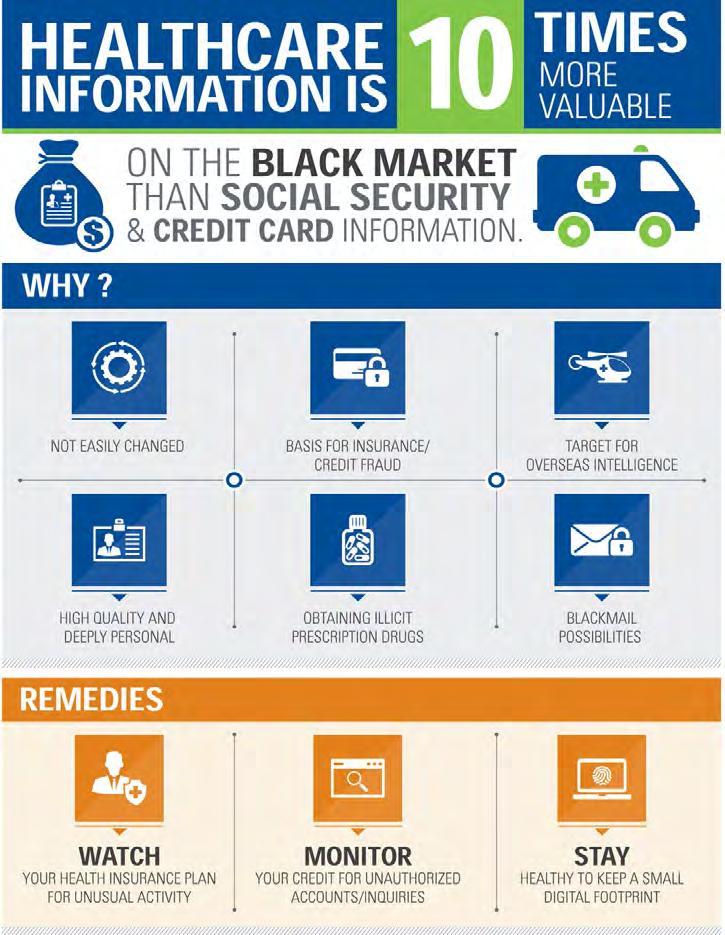
4 minute read
Significance of CI CD Process in DevOps
Muraleedharan Vijayakumar
Developing and releasing software can be a complicated process, especially as applications, teams, and deployment infrastructure grow in complexity themselves. Often, challenges become more pronounced as projects grow. To develop, test, and release software quickly and consistently, developers and organizations have created distinct strategies to manage and automate these processes.
Did you know? Amazon releases a new production code once every 11.6 seconds.
Why CI/CD/CD?
The era of digital transformations demands faster deployments into production. Faster deployments do not warrant defective releases, the solution – ‘DevOps’. The development team, operations team, and IT services team have to work in tandem and the magic circle that brings all of them together is DevOps.
To adopt a DevOps culture, implementing the right DevOps tools with the right DevOps process is essential. Continuous integration/continuous delivery/continuous deployment (CI/CD/CD) help us developers and testers ship the software faster and safer in a structured environment.
The biggest obstacle that needs to be overcome in constructing a DevOps environment is scalability. There are no definite measures on the scalability of an application or product development, but DevOps environment should be ready to scale to meet business and technology needs. It lays a strong foundation for building an agile DevOps for the business. Continuous Integration and Deployment has seen many benefits in the software delivery process. Initiating automated code builds once checks are completed, running automated test suites, flagging errors and breaking builds if not adhered to compliance have eased the way of deploying a stable release into staging or production environment and eliminating manual errors and human bias.
How is CI/CD/CD Set Up?
Version control tools play an important role in the success of our DevOps pipeline. And designing a good source stage is pivotal to our CI/CD success. It ensures that we can version code, digital assets, and binary files (and more) all in one spot. This enables teams to communicate and collaborate better — and deploy faster.
Our code branching strategy determines how and when developers branch and merge. When deciding on a strategy it is important to evaluate what makes sense for our team and product. Most version control systems will let you adopt and customize standard strategies like mainline, trunkbased, task/feature branching, etc.,
A basic workflow starts with code being checked out. When the work in the branch is committed, CI processes are triggered. This can be done with a merge or pull request. Then the CI/CD pipeline kicks into high gear.
The goal of CI/CD is to continuously integrate changes to find errors earlier in the process, as known as ‘Shift Left’. The ultimate goal of having an automated CI/CD process in place to identify errors or flag non-compliance at an early stage of the development process. This increases the project’s velocity by avoiding late-stage defects and delays. It creates an environment where code is always ready for a release. With the right branching strategy, teams are equipped to deliver success.
Continuous Integration: Integrating newly developed code with the central repository is continuous integration. Automated CI results in automated builds that are triggered to merge the newly developed codes into the repository. As part of this process, plugins can be added to perform static code analysis, security compliance checks, etc., to identify if the newly added code would have any impact on the application. If there are compliance issues, the automated build breaks, and the same is reflected to the developer with insights. Automated CI helps in increasing the productivity of the developers and the team. Continuous Delivery: At the end of a successful CI, Continuous Delivery is triggered. CD ensures to automate the software delivery process and commits to deliver the integrated code into the production stage without any bugs or delays. CD helps in merging the newly developed code into the main branch of the software so that a ready to production product is available with all the checks in place.CD also checks the quality of the code and performs tests to check whether it can release the functional build to the production environment.
Continuous Deployment: The final and most critical part of DevOps is Continuous Deployment. After the successful merging of certified code, the pipelines are triggered to deploy the code into the production environment. These pipelines are also triggered automatically. The pipelines are constructed to handle the target environment be it jar or container deployments. The most important aspect of this pipeline is to tag the releases that are also done in the production environment. If there are rollbacks these tags help the team to roll back to the right version of the build.
CI/CD/CD is an art that needs to be crafted in the right and most efficient way that will help the software development team achieve their success at a faster pace.

What is the CI/CD/CD Outcome?
The outcome of CI in Business
Early removal of errors Repeated human effort is decreased Faster delivery to production Transparency & trust for individuals
The outcome of CD in Business
Continuous build and deployment of verified functions Automated execution of unit test cases, code reviews, code-analytics & bug detection Single view & reporting of the build process
About the Author
Murleedharan is a senior technical manager and has managed, developed, and launched cutting edge business intelligence and analytics platforms using big data technologies. He has experience in hosting the platform in Microsoft Azure by leveraging the MS PaaS. He is a product manager for zDesk - A Virtual Desktop offering from GAVS.
His passion is to get a friction-less DevOps operational in an environment to bring down the deployment time to a few seconds.







